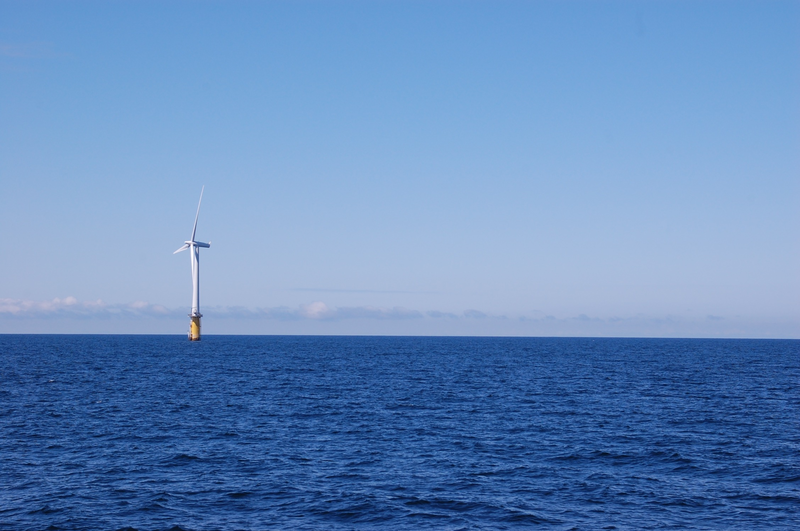DNV GL has been selected by the Norwegian transmission system operator, Statnett to provide electrical design services for the development of a new composite high-voltage transmission tower.

The project is part of Statnett’s Research and Development programme ‘Lean Line’, which is designed to build power lines in a safer, faster and cheaper way, to enable easier integration of renewable energy from remote locations into the European power grid.
Statnett will be among the first companies in the world to develop composite towers for 420kV high-voltage overhead lines. Traditionally, composite towers have been utilised for systems between 110 and 150kV systems. As part of the project, DNV GL will provide assistance to Statnett in developing a new electrical design, adhering to specific Norwegian requirements and aspects.
“It is important that the projects we support underpin our R&D programme’s main goal, which is to improve energy security by 20 per cent, reduce costs by 20 per cent and reduce construction time by 20 per cent”, says Oddgeir Kaspersen, program manager innovative technology at Statnett.
“To do so, you need technical expertise, as the devil can be in the detail. DNV GL’s experience in innovative tower design, specifically electrical design, enables us to create a safe and reliable concept for our composite high-voltage tower.”
Prajeev Rasiah, executive vice president, Northern Europe, Middle East and Africa, DNV GL – Energy adds: “To realise the full potential of the power generation from renewable sources, optimisation of grid infrastructures is vital. Having worked in electrical design for high-voltage transmission towers for more than 50 years, we are looking forward to supporting Statnett with our knowledge and expertise in this field, to enable the connection and integration of renewable energy into the grid.”
DNV GL’s grid experts focus on the safety and reliability aspects of the transmission tower by developing insulation coordination, earthing/grounding, electrical stress testing and safety design. The new electrical design will be finalised by the end of 2019, and the validation tests are scheduled for 2020. The construction and operation of the pilot phase is scheduled for 2021.
DNV GL’s annual Energy Transition Outlook report has found that that the expansion of the world’s power lines will more than triple by 2050, both in length and capacity. This substantial infrastructure expansion is largely driven by the growth of renewable energy generation, often in remote locations, which needs to be connected to the local, regional, national and international power grid.

